The Art Of Visualization
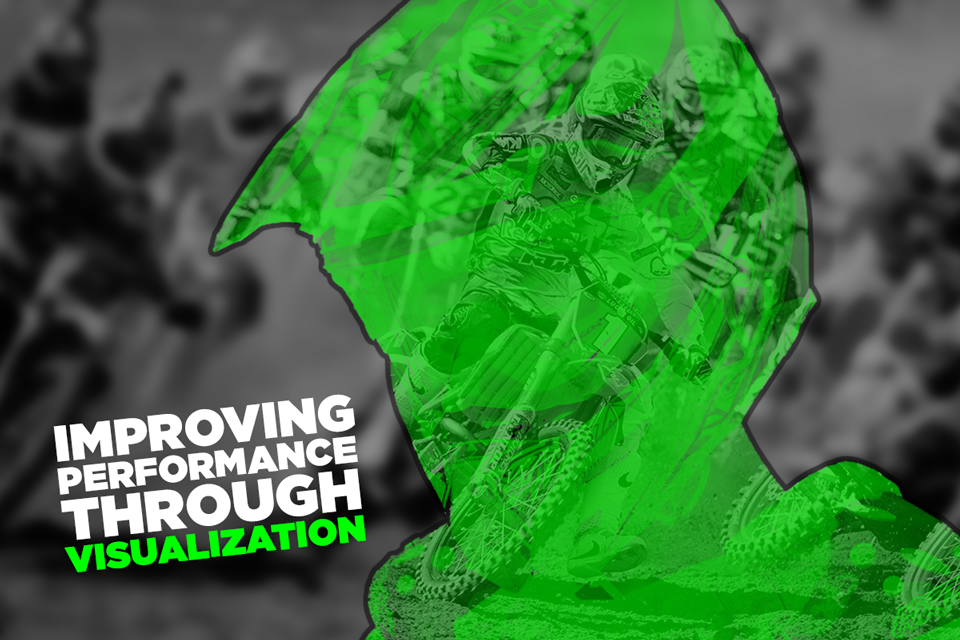
On the face of it, Arnold Schwarzenegger – whose collection of beastly rides includes several Hummer H1s, an ex-Military Dodge M37, and an M47 Patton Tank – might seem an unlikely inspiration for those of us who prefer two wheels to four. But dig back into his sporting past, and you quickly find something that unites Arnie and the best dirt bike racers all over the world (aside from the desire to crush even the toughest of terrains): the art of visualization.
Visualization is a technique used by sports people of all ilks, and while you might think Arnie’s bodybuilding successes lie in his brawn, rather than his mental prowess, he would disagree, famously saying: “The body is very important, but the mind is more important than the body.”
But don’t just take Arnie’s word for it. Here’s why every dirt bike rider should learn the art of visualization.
What is Visualization, Anyhow?
Visualization is where athletes imagine a race, game or workout, in vivid detail, before the event takes place.
In dirt bike racing, this might mean that you walk the track the day before a race, noting the quirks and challenges of the terrain, but more importantly, thinking about what your body and your bike will have to do to overcome them. Albin Elowson tells us that knowing every test on the course is his standard pre-race ritual — who are we to argue with the runner up in 2014 EWC Youth cup?
Right from that first rush of blood to the head when the gates drop, through every turn and jump, to keeping it pinned for the final straight to the finish, you need to live the experience in your mind before you race it. By imagining in real detail how the race will feel, and involving all of your senses to hear the roar of motors and the crowd, to feel the heat of the bike and the prickle of sweat, and to smell the gas, you’re getting your body and mind prepped to cope, increasing your confidence when race time comes round.
With good visualization, you can even think through your reaction if something goes wrong. As much as you might prefer to ignore the possibility that you case a jump, get roosted, or crash out completely, thinking it through in advance and planning your reaction gives you the head start. Surprises like these are one of the main causes for DNF — beat them by practising visualization before your race begins.
The Science Behind the Art
How does visualization work? Performing any sort of physical task relies on the human brain’s ability to process and react to information. Any stimulus causes the brain to trigger neuromuscular responses. The beauty of visualization is that by simply imagining an event happening, you can help your brain practise the neuromuscular responses needed, and in effect create a neural ‘memory’ of the action required, without it having happened yet.
The thought processes involved in visualization act as a primer for your muscles, getting them ready for the specific actions you need them to perform. Just as you must warm up physically before getting on the bike or competing, visualization is the mental warm-up that will leave you confident and prepared to get out there and race your own race.
How to Visualize
The art of visualization brings the biggest benefits when it comes to racing. Picture yourself on the starting line. The gates are about to drop and you can feel the adrenaline coursing, your shoulders starting to tense up. You stretch and flex as much as you can to loosen up, taking a quick peek at the competition. The air is thick with nerves and you just can’t beat that slightly sick feeling in the pit of your stomach. The race could be won or lost with this start.
But you’re OK. You’ve been here before in your mind. You focus on riding your own race, take a deep breath, and as soon as the gate drops you bag the hole shot.
To get to this level of zen you need to walk the race track, ideally a few times before racing it. Think of it as a slow-mo way of seeing the hazards you’re about to encounter. Make a mental map, but think about the way you need your body to react to the obstacles and track, rather than simply noting the terrain. Note where spectators and your supporters will stand, and think about the how race day will look and feel, including the inevitable assault on all of your senses, and the emotional rush of a race.
Away from the track, play it all through your mind again. Start from the gates, and picture how you will feel, what you will see, smell, hear. What will your competition be doing, and how can you keep your focus on the track in front of you? Imagine the physical demands of getting a good start, and then run the course in your mind. If you forget any part, get back to the track and walk it again. Keep going until you have the whole course clear and have run it through several times.
Include in your visualization some strategies for recovery if you hit trouble. Figure out the most likely issues you will encounter, and play them through so you keep your cool no matter what.
Getting the right level of mental preparation could give you the marginal edge you need to beat your nearest competitor, and it can be just as important as getting your body ready for competition.

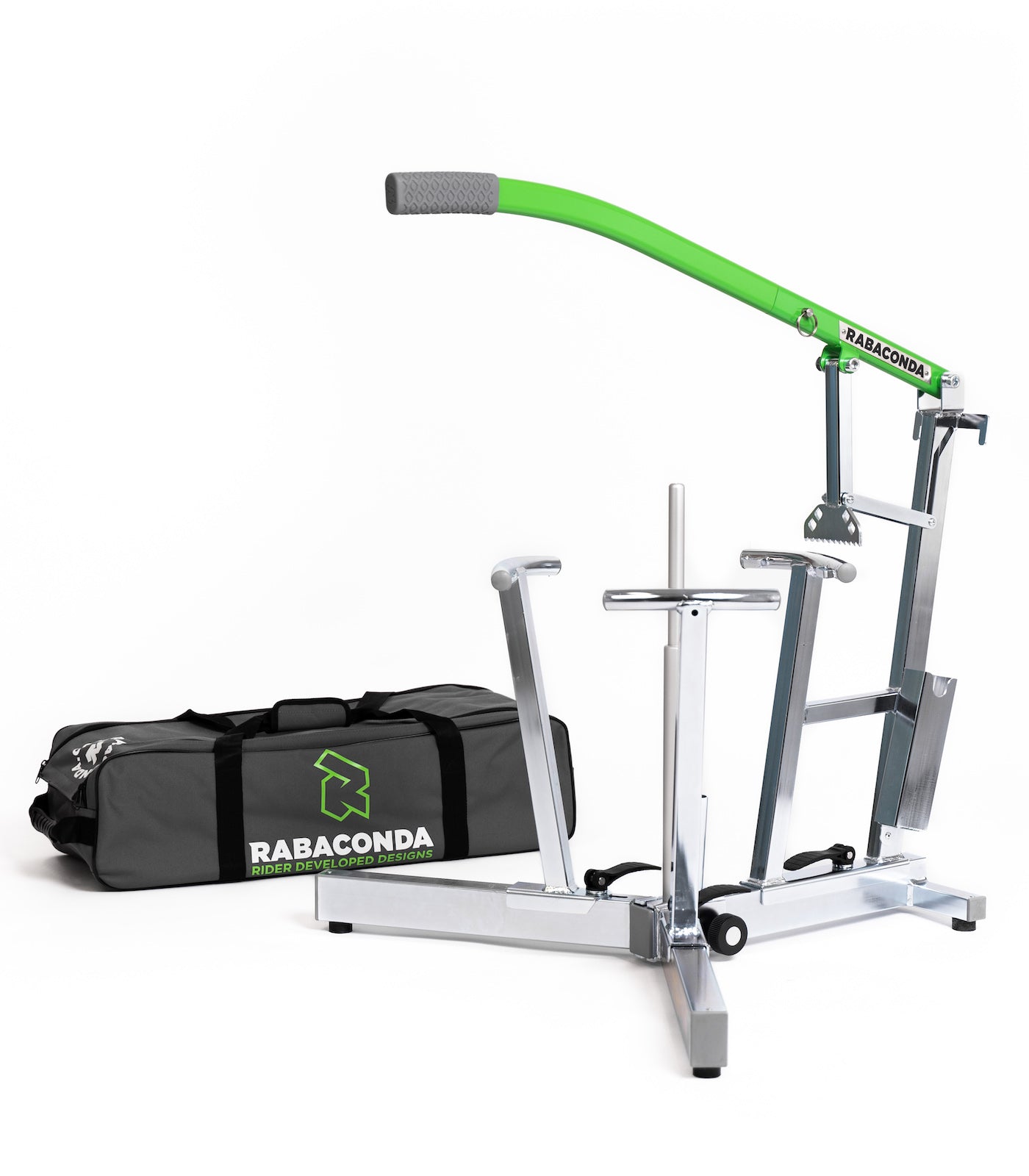

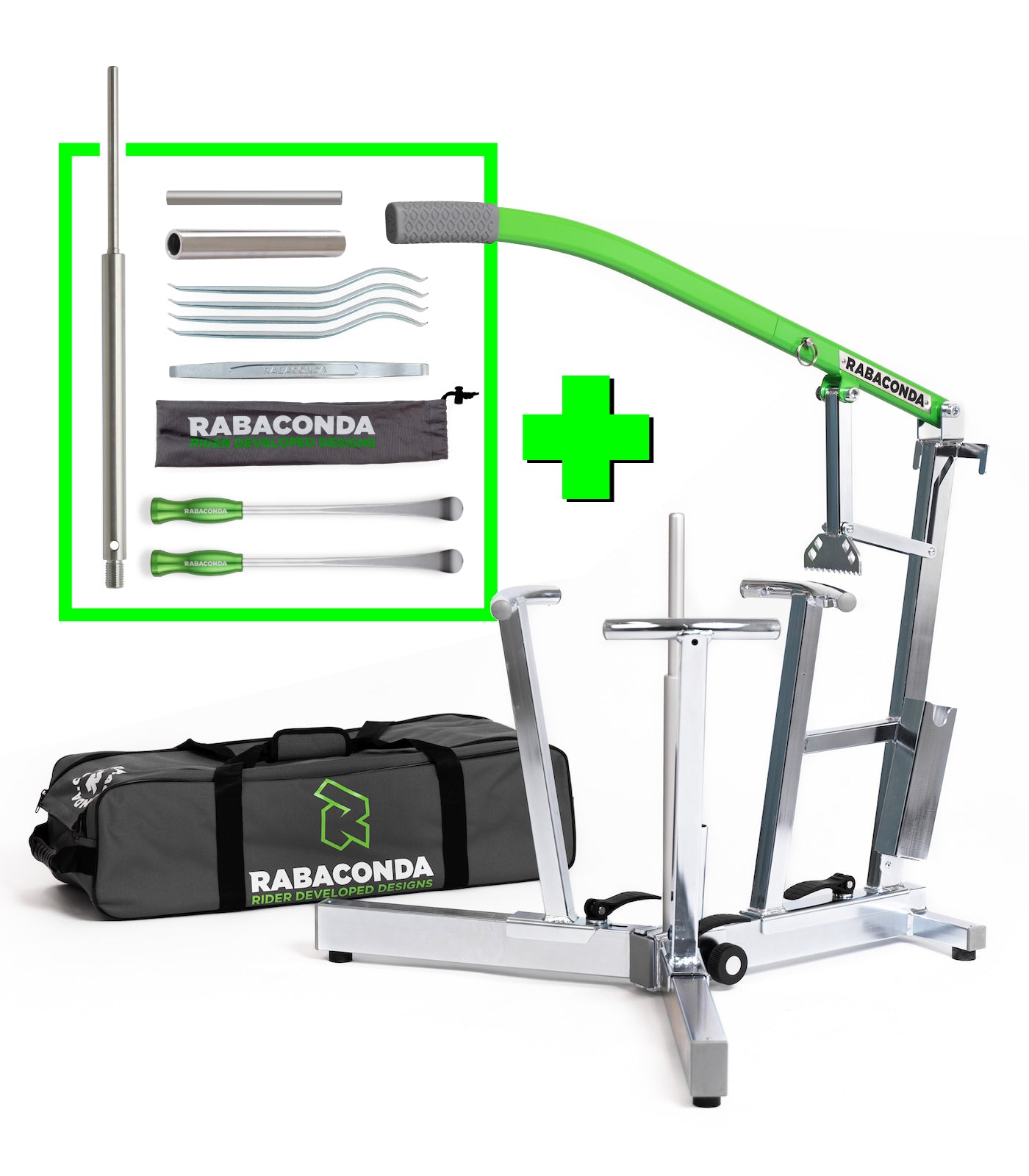
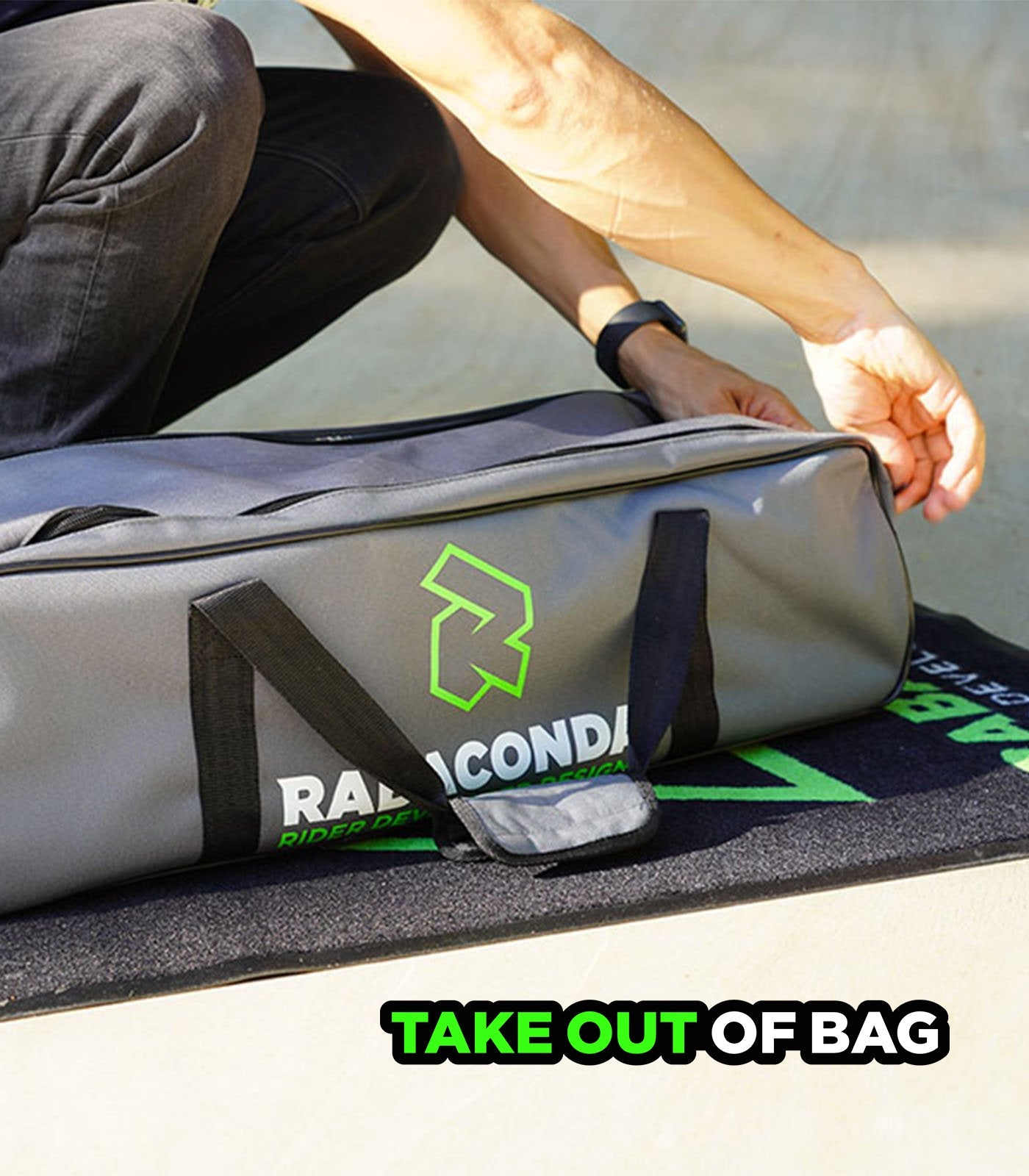


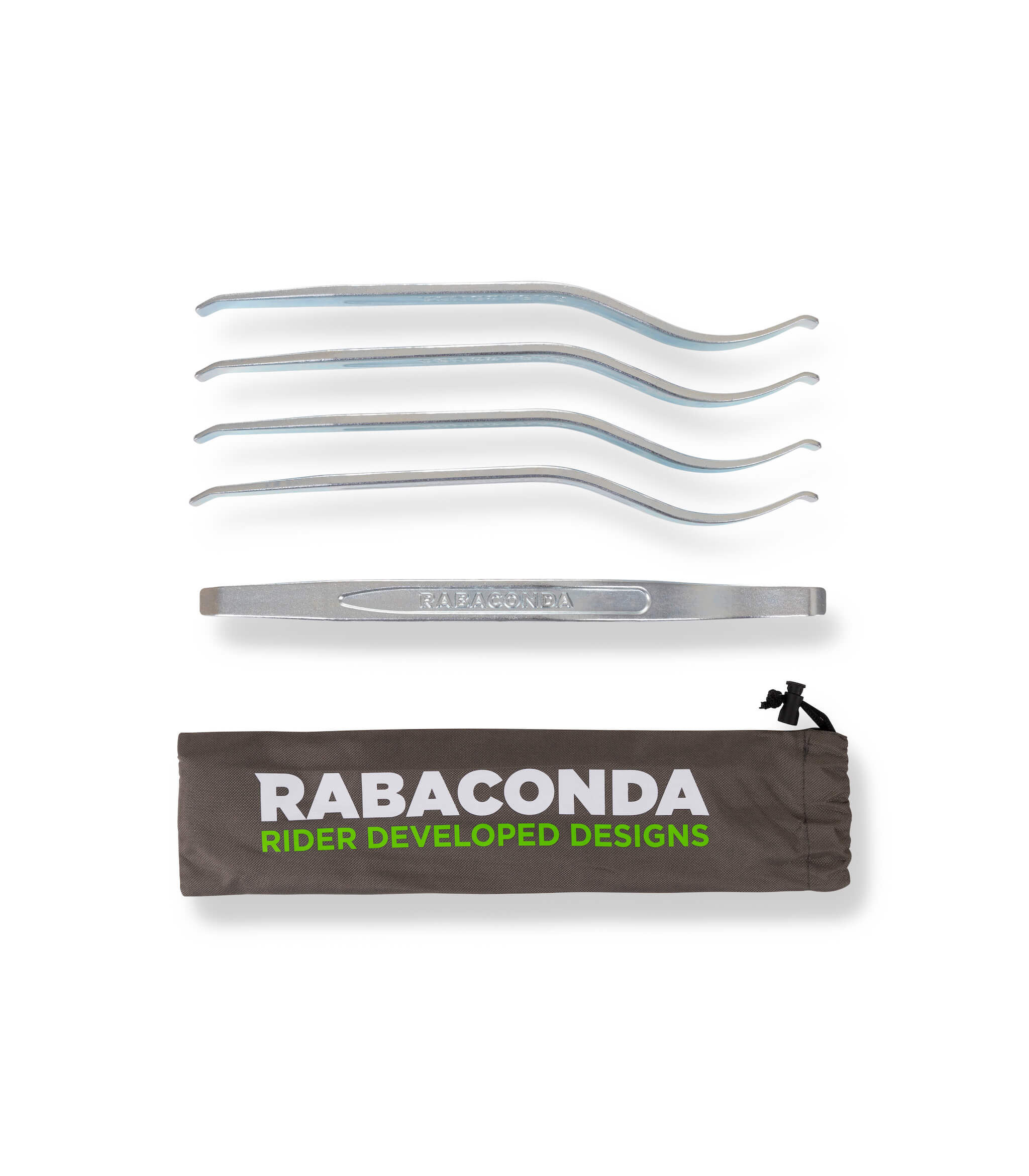
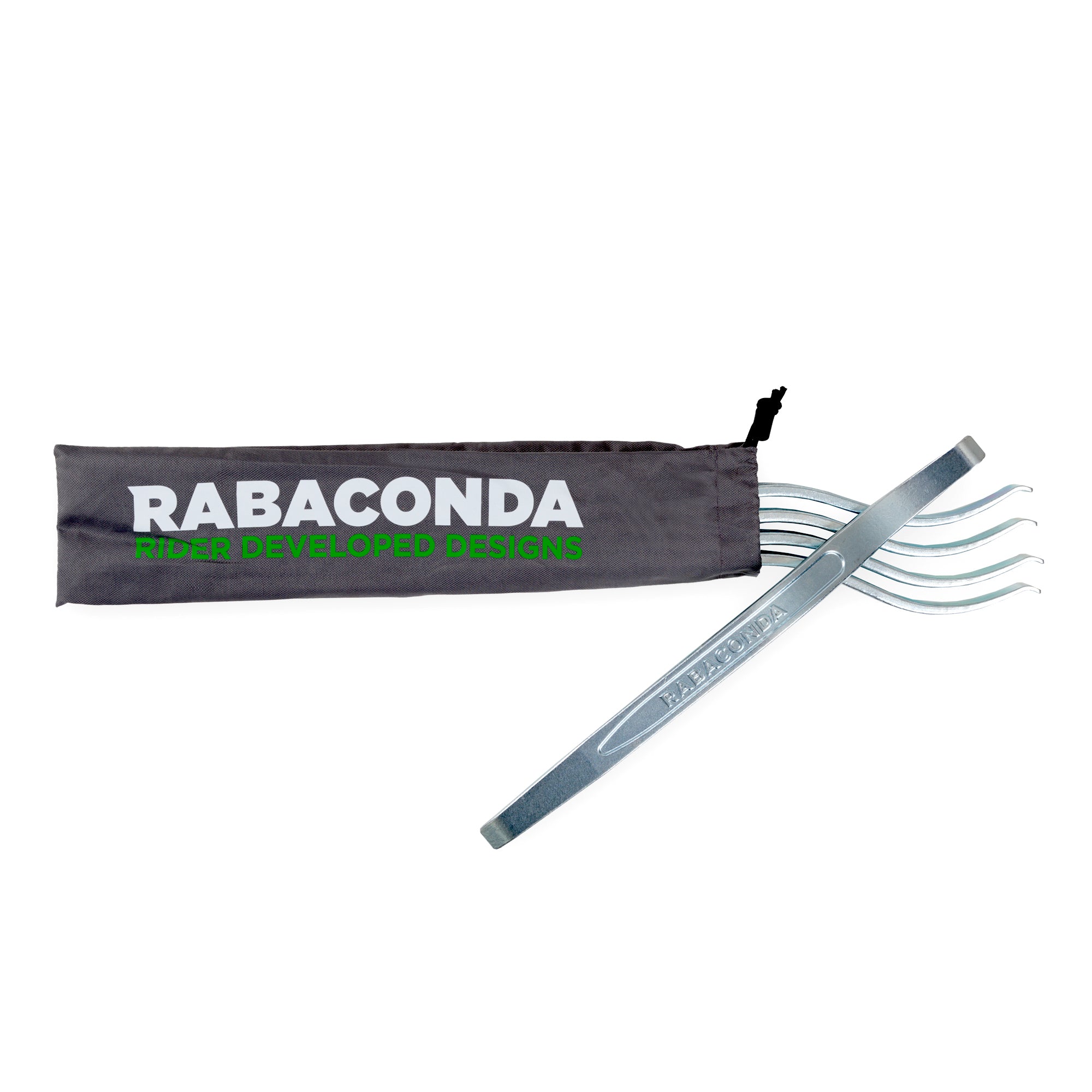


![Thad Duvall Tire Change Tutorial [VIDEO]](http://us.rabaconda.com/cdn/shop/articles/screen-shot-2015-11-04-at-16.42.17.png?crop=center&height=948&v=1694443833&width=730)